Home>Articles>How Do Mineral Deposits Commonly Appear On A Steamer
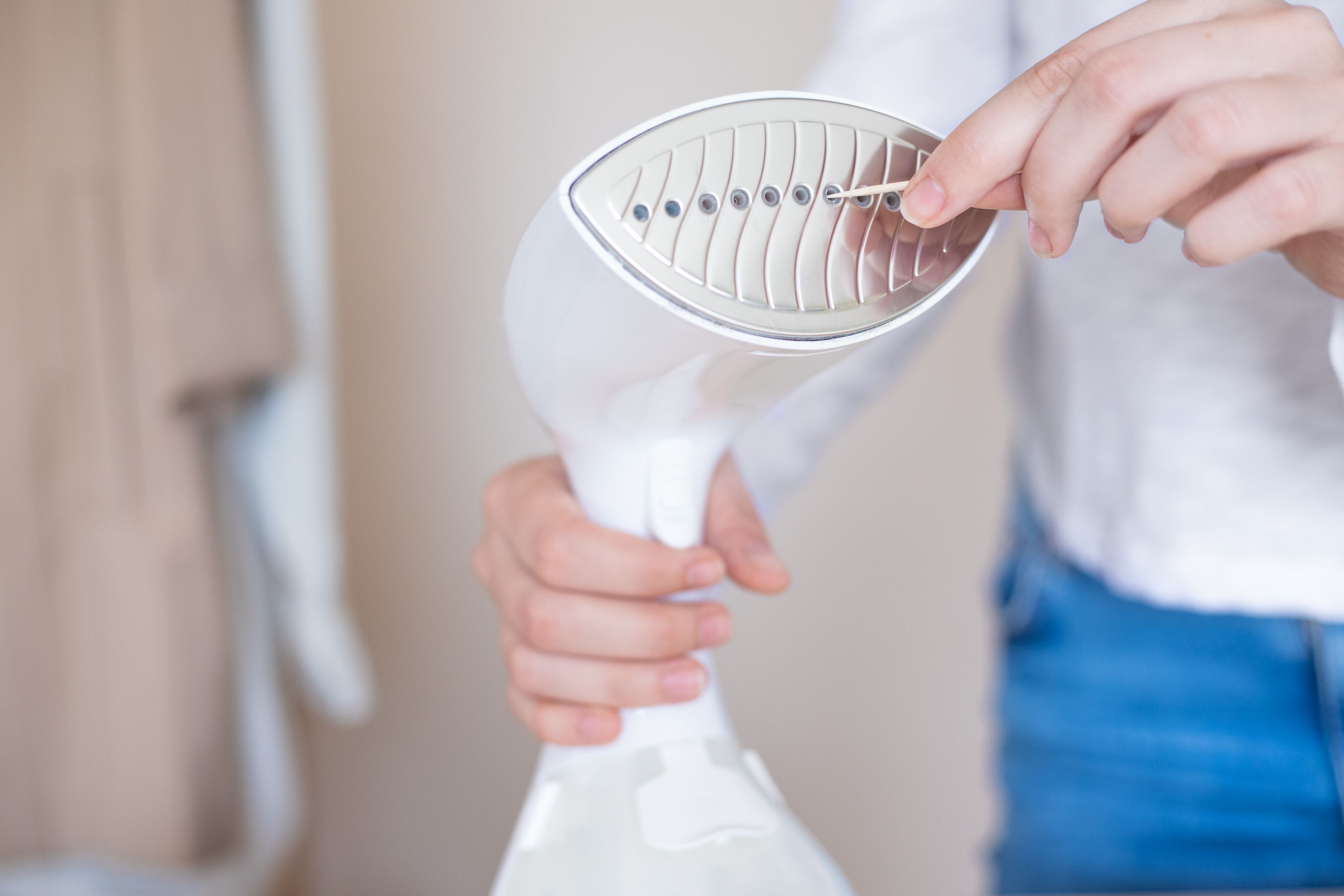

Articles
How Do Mineral Deposits Commonly Appear On A Steamer
Modified: August 17, 2024
Learn how articles reveal the common appearance of mineral deposits on a steamer, providing valuable insights into the formation and identification of these deposits.
(Many of the links in this article redirect to a specific reviewed product. Your purchase of these products through affiliate links helps to generate commission for Storables.com, at no extra cost. Learn more)
Introduction
As technological advancements continue to transform various industries, the steamer industry remains ever-present. Steamers have become an integral part of our lives, providing convenience and efficiency in various applications, such as cooking, cleaning, and garment care. However, with regular use, steamers can develop mineral deposits that can hinder their performance and longevity.
In this article, we will explore how mineral deposits commonly appear on a steamer and discuss the factors influencing their formation. Additionally, we will delve into the different types of mineral deposits found on steamers, their common appearances, and provide insights into prevention and maintenance strategies. Lastly, we will explore effective methods for cleaning and removing mineral deposits from steamers.
Understanding the formation and appearance of mineral deposits on steamers is crucial in maintaining their optimal performance and prolonging their lifespan. By implementing proper maintenance techniques, we can ensure that our steamers continue to operate efficiently, providing us with the convenience we rely on.
So, let’s dive into the fascinating world of mineral deposits and learn how to keep our steamers in top-notch condition!
Key Takeaways:
- Say goodbye to mineral deposits on your steamer by using filtered water, regular cleaning, and descaling methods. Keep your steamer in top condition for efficient and convenient use.
- Recognize, prevent, and remove mineral deposits to maintain your steamer’s performance. Implement water softeners, vinegar solutions, and regular maintenance for a hassle-free steaming experience.
Read more: How To Remove Mineral Deposits From Glass
Formation of Mineral Deposits
Mineral deposits on steamers are primarily formed due to the presence of hard water. Hard water contains high concentrations of minerals, such as calcium and magnesium, which can leave behind residue when the water evaporates.
When hard water is heated in the steamer’s reservoir or boiler, the minerals in the water undergo precipitation and form mineral deposits. This process is commonly known as scaling. The higher the mineral content in the water, the more likely scaling will occur.
The scaling process starts with the heating element or heating chamber of the steamer. As the water heats up, the minerals begin to crystallize and adhere to the heating surfaces. Over time, these mineral deposits can accumulate and restrict the flow of water and steam, leading to reduced performance and efficiency.
In addition to impacting the functionality of the steamer, mineral deposits can also result in unpleasant side effects. Scale buildup can affect the taste and odor of the steam, as well as leave white spots or streaks on clothes, fabrics, or surfaces that come into contact with the steam.
The rate at which mineral deposits form depends not only on the mineral content of the water but also on factors such as the temperature at which the water is heated and the duration of use. Higher temperatures and prolonged use can accelerate the scaling process, leading to a more rapid buildup of mineral deposits.
It’s important to note that while hard water is the primary cause of mineral deposits, other factors can contribute to their formation. These factors can include the presence of impurities in the water, such as sand or sediment, or the use of unfiltered or untreated water sources.
Now that we understand the formation of mineral deposits on steamers let’s explore the factors that influence their appearance and severity.
Factors Influencing Mineral Deposits on a Steamer
Several factors play a role in influencing the formation and severity of mineral deposits on a steamer. By understanding these factors, we can take proactive measures to mitigate the risk of excessive scaling and prolong the lifespan of our steamers.
1. Water Hardness: The hardness of the water used in the steamer is a significant factor in mineral deposit formation. Hard water, which contains high levels of dissolved minerals such as calcium and magnesium, is more likely to leave behind deposits compared to soft water.
2. Temperature: The temperature at which the water is heated in the steamer affects the rate of mineral deposition. Higher temperatures promote faster scale formation, as the minerals in the water are more prone to precipitating and crystallizing.
3. Duration of Use: The longer a steamer is in operation, the more time there is for mineral deposits to accumulate. Prolonged heating and repeated cycles of water evaporation and condensation contribute to the buildup of scale over time.
4. Frequency of Cleaning: Regular cleaning of the steamer can help prevent mineral deposits from becoming excessive. If the steamer is not cleaned frequently, even a small amount of scale can accumulate and lead to larger deposits over time.
5. Water Source: The quality of the water source used in the steamer can affect the formation of mineral deposits. Water that is unfiltered or untreated may contain impurities or higher mineral content, increasing the likelihood of scale buildup.
6. Water Circulation: The design and efficiency of the steamer’s water circulation system can influence the formation of mineral deposits. Steamers with poor circulation can allow stagnant water to remain in contact with heating surfaces for longer periods, promoting scale formation.
7. Water Treatment: Implementing water treatment measures, such as using water softeners or descaling agents, can help reduce the mineral content and prevent scale formation. These treatments help break down existing deposits and minimize future buildup.
By considering these factors and taking appropriate measures, such as using filtered water, regularly cleaning the steamer, and implementing water treatment methods, we can effectively manage and reduce the formation of mineral deposits on steamers.
Now that we understand the factors influencing mineral deposits, let’s explore the different types of deposits commonly found on steamers.
Types of Mineral Deposits Found on Steamers
Mineral deposits on steamers can manifest in various forms, each with its own characteristics and appearance. Understanding the different types of deposits can help us identify and address them effectively. Here are the most common types of mineral deposits found on steamers:
1. Scale: Scale is the most prevalent type of mineral deposit found on steamers. It appears as a hard, off-white or yellowish buildup on the heating elements, water reservoir, or other surfaces exposed to the heated water. Scale is primarily composed of calcium carbonate and magnesium carbonate, and its presence can hinder the efficient flow of water and steam.
2. Rust: In some cases, steamers can develop rust deposits, especially if they have metal components that are exposed to water. Rust deposits appear as reddish-brown stains or flakes on the surface of the steamer. Rust can not only affect the performance of the device but also pose a risk of staining fabrics or surfaces.
3. Limescale: Limescale is a specific type of scale formed by the buildup of calcium and other minerals present in hard water. It typically appears as a white, chalky deposit on the heating elements and other parts of the steamer. Limescale can affect the steamer’s ability to generate steam and may lead to decreased steam output.
4. Mineral Stains: Mineral stains are another form of mineral deposits that occur when hard water evaporates, leaving behind mineral residues on surfaces such as glass, metal, or plastic. These stains can be difficult to remove and often appear as white or grayish streaks or spots.
5. Soap Scum: Soap scum is a combination of minerals from hard water and soap residue. When steam condenses on surfaces, it can deposit the minerals and soap residue, resulting in a sticky, greasy film. Soap scum can be particularly problematic on the steamer’s nozzle or spray head, affecting the quality and consistency of the steam emitted.
6. Corrosion: Although not a direct result of mineral deposits, corrosion can be associated with hard water and can worsen scale formation. Corrosion occurs when the metal components of the steamer are exposed to water, causing rust and degradation. It is essential to address corrosion promptly to prevent further damage to the steamer.
Identifying the specific type of mineral deposit on your steamer is crucial for selecting the most effective cleaning and removal methods. Different types of deposits may require specific products or techniques to ensure successful and thorough cleaning.
Now that we have explored the types of mineral deposits commonly found on steamers, let’s move on to understanding their common appearance and how to prevent and maintain them.
Mineral deposits commonly appear on a steamer as white or grayish build-up on the heating element or water reservoir. To prevent this, use distilled water and regularly descale the steamer.
Common Appearance of Mineral Deposits on Steamers
Mineral deposits on steamers can have various appearances, depending on the type of deposit and the severity of the buildup. Recognizing the common signs of mineral deposits can help us identify and address the issue promptly. Here are the typical appearances of mineral deposits on steamers:
1. White or Yellowish Buildup: Scale, the most common type of mineral deposit, often appears as a hardened, off-white or yellowish buildup on the heating elements, water reservoir, or other surfaces exposed to the heated water. The scale can vary in thickness and texture, ranging from a thin film to a thick crust-like formation.
2. Chalky or Powdery Residue: Limescale deposits, which primarily consist of calcium carbonate, typically appear as a chalky or powdery residue on the heating elements and other parts of the steamer. This type of deposit can easily be crumbled with gentle pressure.
3. Reddish-Brown Stains or Flakes: Rust deposits, often caused by metal components exposed to water, appear as reddish-brown stains or flakes on the surface of the steamer. Rust can be found on metal plates, boiler tanks, or any other areas where water may come into contact with metal.
4. White or Grayish Streaks or Spots: Mineral stains can be observed as white or grayish streaks or spots on surfaces such as glass, metal, or plastic. These stains are usually caused by the residue left behind when hard water evaporates, and the minerals are deposited on the surface.
5. Sticky or Greasy Film: Soap scum, which is a combination of minerals from hard water and soap residue, can leave a sticky, greasy film on the steamer’s nozzle or spray head. This film can affect the proper functioning of the steamer and may need to be addressed separately from other types of mineral deposits.
The severity of mineral deposits can range from light, barely noticeable coatings to heavy, stubborn buildup. In extreme cases, mineral deposits can clog vents, nozzles, or other vital components of the steamer, significantly impacting its performance and efficiency.
Regular inspection and maintenance can help identify the early signs of mineral deposits. By addressing them promptly, we can prevent the buildup from worsening and ensure the smooth operation of our steamers.
Now that we have explored the common appearance of mineral deposits, let’s move on to strategies for preventing and maintaining mineral deposits on steamers.
Prevention and Maintenance of Mineral Deposits on Steamers
Prevention and regular maintenance are key to minimizing the formation and accumulation of mineral deposits on steamers. By implementing proper strategies, we can ensure that our steamers operate efficiently and prolong their lifespan. Here are some effective prevention and maintenance techniques:
1. Use Filtered or Distilled Water: The best way to reduce the mineral content in the water is to use filtered or distilled water for your steamer. These types of water have lower levels of minerals, minimizing the chance of scale formation. Investing in a water filter or opting for distilled water can significantly reduce the risk of mineral deposits.
2. Clean the Steamer Regularly: Regular cleaning is crucial in maintaining a steamer free from mineral deposits. Empty and rinse the water reservoir after each use, removing any leftover water and preventing the minerals from settling and drying. Additionally, follow the manufacturer’s instructions for cleaning and descaling the steamer periodically to remove any accumulated deposits.
3. Descale with Vinegar or Citric Acid: Vinegar and citric acid are natural descaling agents that can effectively dissolve mineral deposits. Mix equal parts of water and vinegar or citric acid, and fill the steamer’s reservoir. Allow the solution to sit for a few hours or overnight, then run the steamer for a few minutes to flush out the dissolved deposits. Rinse the reservoir thoroughly before using the steamer again.
4. Use Descaling Products: Commercial descaling products specifically designed for steamers are also available. These products contain chemicals that dissolve mineral deposits effectively. Follow the instructions provided by the manufacturer for proper usage and safety precautions.
5. Implement Water Softeners: Water softeners are devices that help reduce the mineral content in the water. They work by replacing calcium and magnesium ions with sodium ions, which are less likely to form deposits. Installing a water softener in line with your steamer’s water supply can help prevent scale buildup.
6. Wipe the Steamer’s Surfaces: After each use, wipe the exterior surfaces of the steamer with a damp cloth to remove any residual mineral deposits or condensation. Regularly cleaning the steamer’s outer parts can prevent the buildup of hard-to-remove stains or deposits.
7. Regularly Inspect and Maintain: Regularly inspect your steamer for any signs of mineral deposits, such as scale or discoloration. Address any issues promptly by following the appropriate cleaning methods. Additionally, follow the manufacturer’s guidelines for maintenance, including replacing filters or other components as recommended.
By implementing these preventive measures and regularly maintaining your steamer, you can minimize the formation of mineral deposits and ensure that it continues to operate at its peak performance. Taking proactive steps to prevent the buildup of mineral deposits will save you time, effort, and potentially costly repairs in the long run.
Now that we have covered prevention and maintenance techniques, let’s explore effective methods for cleaning and removing existing mineral deposits from steamers.
Cleaning and Removing Mineral Deposits from Steamers
Regular cleaning and removal of mineral deposits are essential to maintain the optimal performance of your steamer. If mineral deposits have already formed, it’s important to address them promptly to prevent further buildup. Here are effective methods for cleaning and removing mineral deposits from steamers:
1. Vinegar or Citric Acid Solution: One of the simplest and most effective methods for removing mineral deposits is by using a vinegar or citric acid solution. Mix equal parts of water and vinegar or citric acid and fill the steamer’s reservoir. Let the solution sit for a few hours or overnight to allow the acid to dissolve the deposits. Then, run the steamer for a few minutes to flush out the dissolved deposits. Rinse the reservoir thoroughly with clean water before using the steamer again.
2. Commercial Descaling Products: There are numerous commercial descaling products available specifically designed for steamers. These products are formulated to effectively dissolve mineral deposits. Follow the instructions provided by the manufacturer for proper usage and safety precautions. Typically, you would fill the reservoir with the descaling solution, allow it to sit for the recommended amount of time, and then flush out the deposits by running the steamer and rinsing the reservoir thoroughly.
3. Scrubbing and Brushing: For stubborn deposits that do not easily dissolve, you may need to manually scrub or brush the affected surfaces. Use a soft brush or cloth to gently scrub the areas with mineral deposits. Be cautious not to use abrasive materials that could scratch or damage the steamer’s surfaces. Additionally, avoid using metal brushes or abrasive cleaners, as they can scratch the steamer’s components and lead to further damage.
4. Descaling Tablets: Some steamers may be compatible with descaling tablets. These tablets are designed to dissolve mineral deposits when added to the water reservoir. Follow the instructions provided with the tablets, as the usage may vary depending on the brand and model of your steamer.
5. Soaking in Vinegar or Citric Acid: For smaller parts or removable components of the steamer, such as the nozzle or small attachments, you can soak them in a solution of vinegar or citric acid. This helps to dissolve the deposited minerals. After soaking for a sufficient period, rinse the parts thoroughly with clean water before reattaching them to the steamer.
6. Gentle Scrubbing with Baking Soda: Baking soda can be used as a gentle abrasive to remove mineral deposits. Create a paste by mixing baking soda with a small amount of water. Apply the paste to the affected areas and gently scrub with a soft brush or cloth. Rinse off the baking soda residue and wipe the surface clean with a damp cloth.
7. Repeat the Process if Necessary: In some cases, heavy or stubborn mineral deposits may require multiple cleaning cycles. If the deposits persist after the first attempt, repeat the chosen method until the deposits are completely removed. Be patient, as it may take some time and effort to fully eliminate the buildup.
Remember to always follow the manufacturer’s guidelines for cleaning and descaling your specific steamer model to avoid any potential damage or voiding the warranty.
By regularly cleaning and removing mineral deposits from your steamer, you can maintain its efficiency, prevent clogs, and ensure a longer lifespan for your appliance.
Now that we have covered methods for cleaning and removing mineral deposits, let’s conclude our article.
Conclusion
Mineral deposits are a common issue faced by steamers due to the presence of hard water. These deposits, such as scale, rust, limescale, and soap scum, can hinder the performance and efficiency of steamers if not properly addressed. However, with proper prevention, maintenance, and cleaning techniques, we can keep our steamers free from mineral deposits and ensure their optimal operation.
We learned that mineral deposits commonly appear in the form of white or yellowish buildup, reddish-brown stains, chalky residues, or sticky films. These deposits can impact the flow of steam, affect the quality of steam output, and even leave streaks or spots on clothes or surfaces that come into contact with the steam.
To prevent the formation of mineral deposits, using filtered or distilled water, cleaning the steamer regularly, and implementing water softeners are effective strategies. It is also important to regularly inspect and maintain the steamer, following manufacturer guidelines for cleaning and filter replacement.
If mineral deposits have already formed, cleaning and removing them can be accomplished using vinegar or citric acid solutions, commercial descaling products, gentle scrubbing with baking soda, or soaking in descaling solutions. It may require multiple cleaning cycles for heavy deposits, but patience and persistence will yield successful results.
By incorporating these preventive measures, regular maintenance routines, and appropriate cleaning techniques, we can prolong the lifespan of our steamers and ensure that they continue to function efficiently. Steamers play a crucial role in our daily lives, providing convenience and effectiveness in many applications, and it is our responsibility to properly care for them.
So, remember to monitor water hardness, clean regularly, descale when needed, and maintain the steamer according to the manufacturer’s instructions to keep it in top condition. By doing so, you’ll enjoy the full benefits of your steamer and avoid the frustrations caused by mineral deposits.
With proper care and attention, your steamer will continue to be a reliable and efficient appliance in your household or business, making your tasks easier and more convenient.
Let’s keep those mineral deposits away and enjoy the steaming experience!
Frequently Asked Questions about How Do Mineral Deposits Commonly Appear On A Steamer
Was this page helpful?
At Storables.com, we guarantee accurate and reliable information. Our content, validated by Expert Board Contributors, is crafted following stringent Editorial Policies. We're committed to providing you with well-researched, expert-backed insights for all your informational needs.


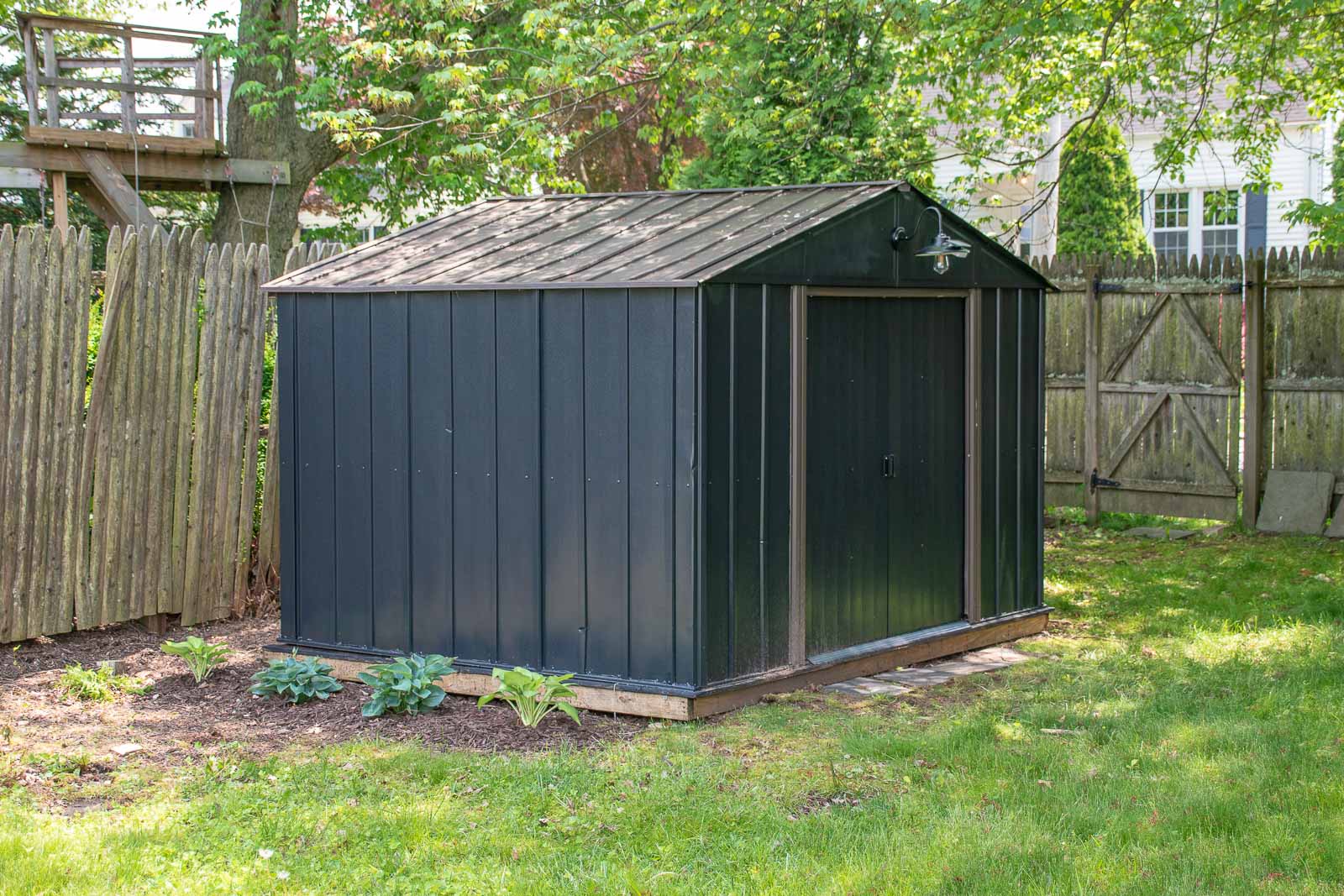
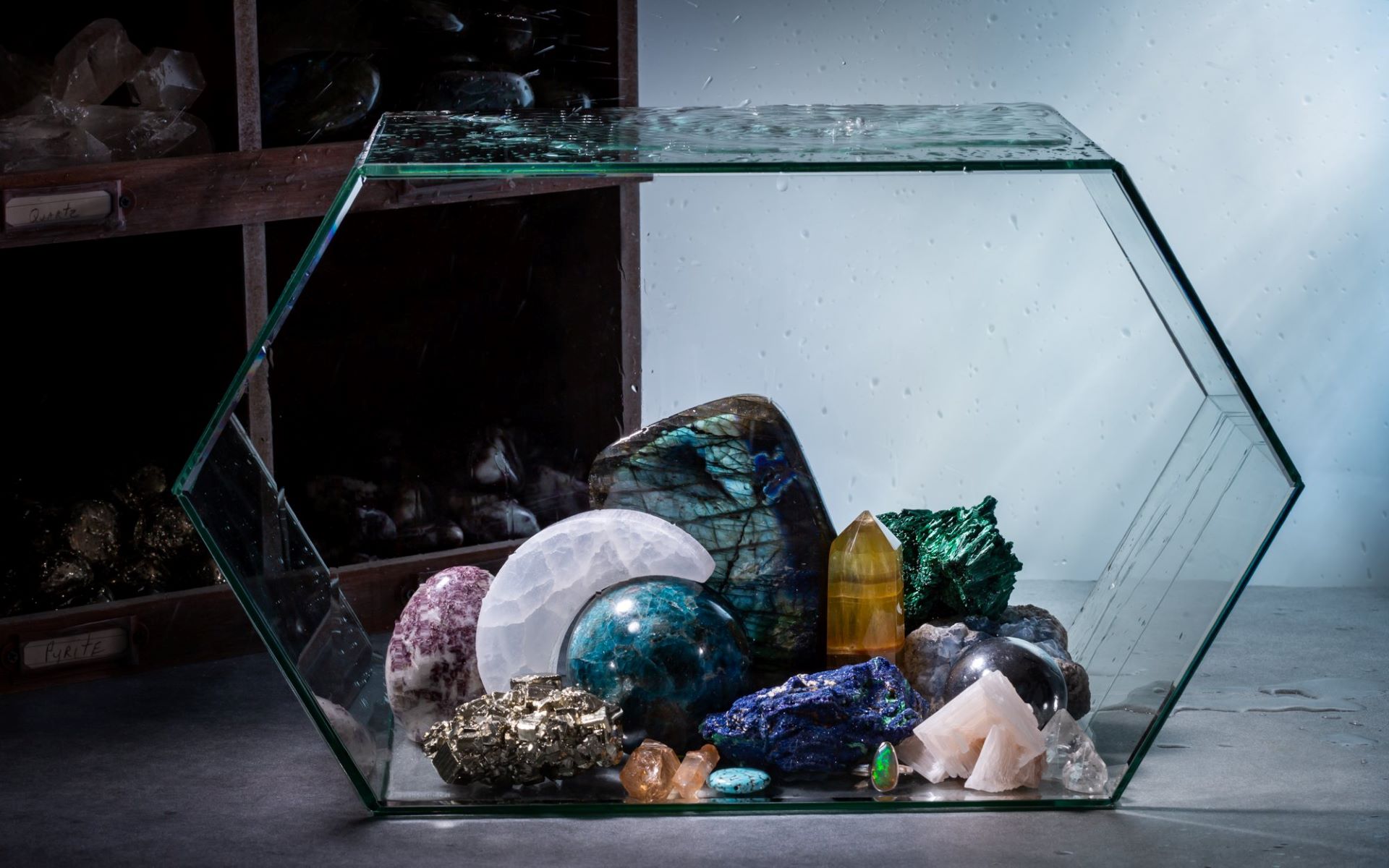
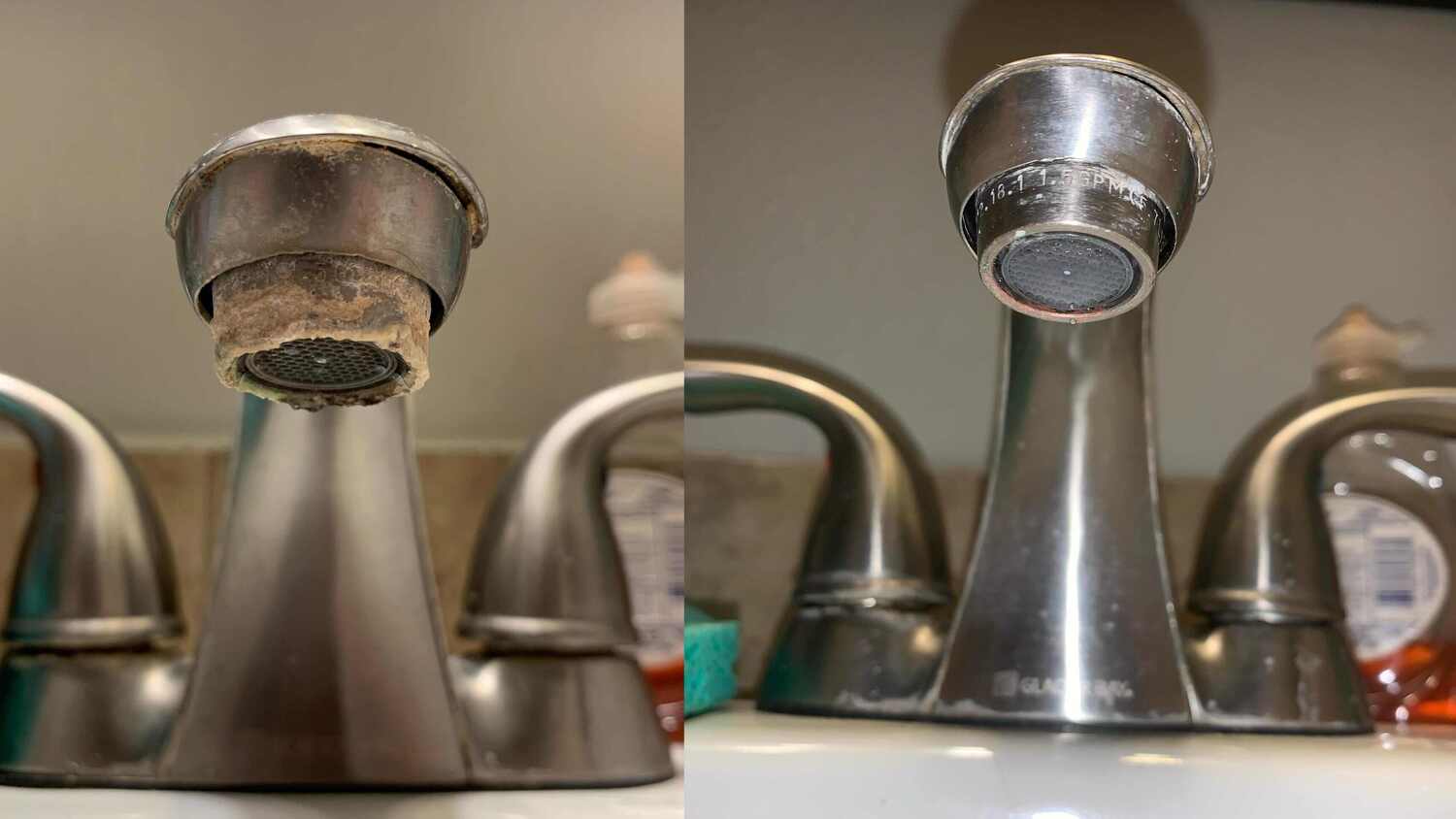
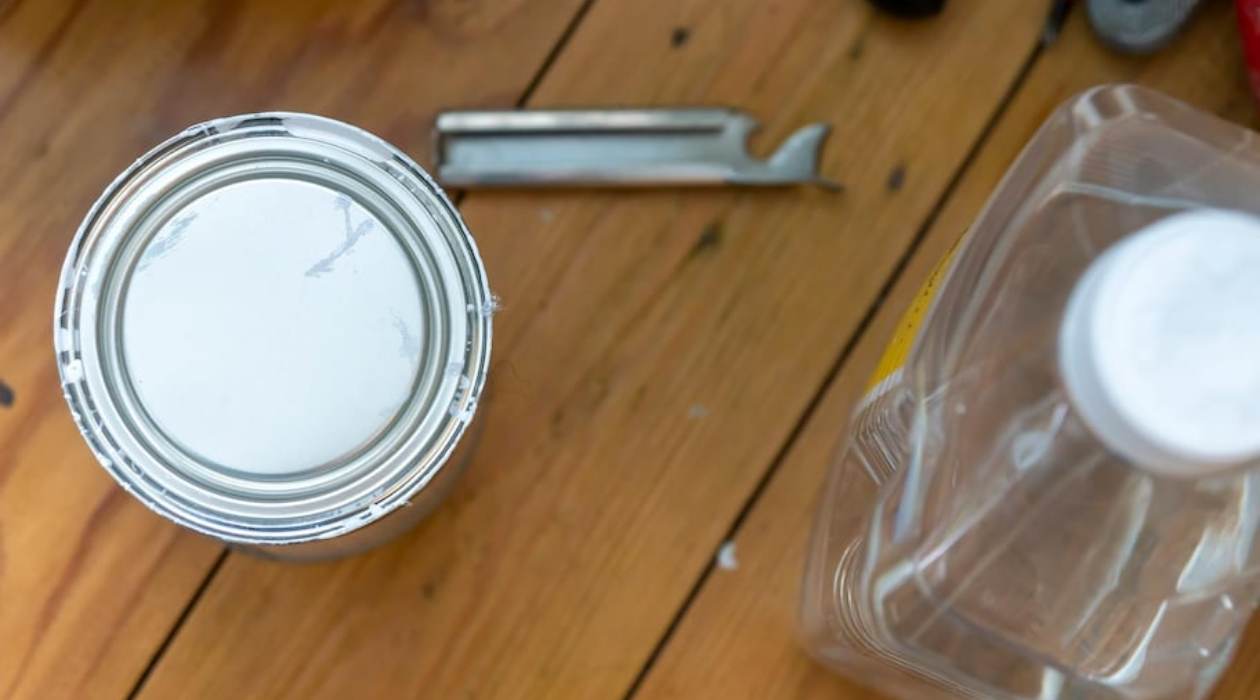
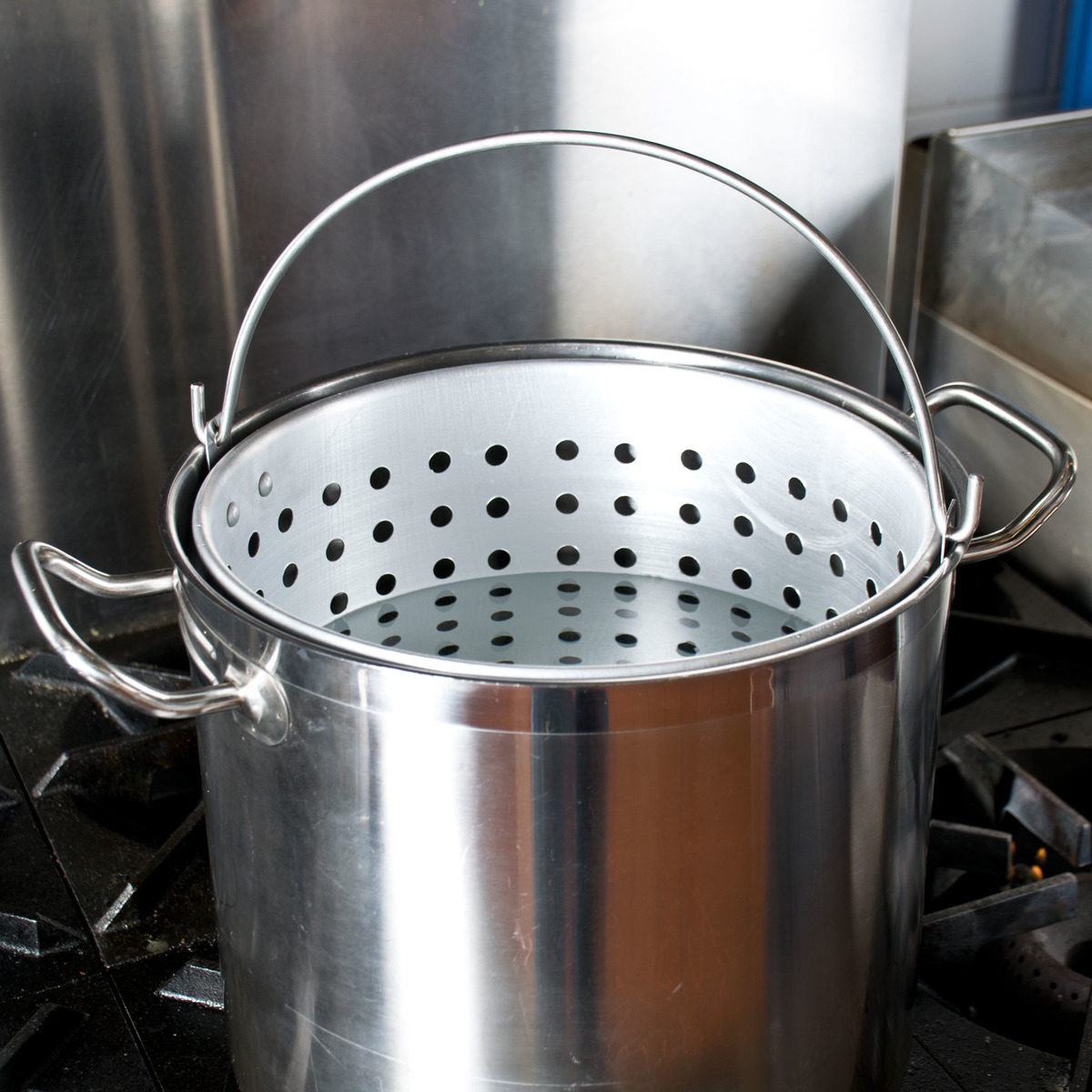
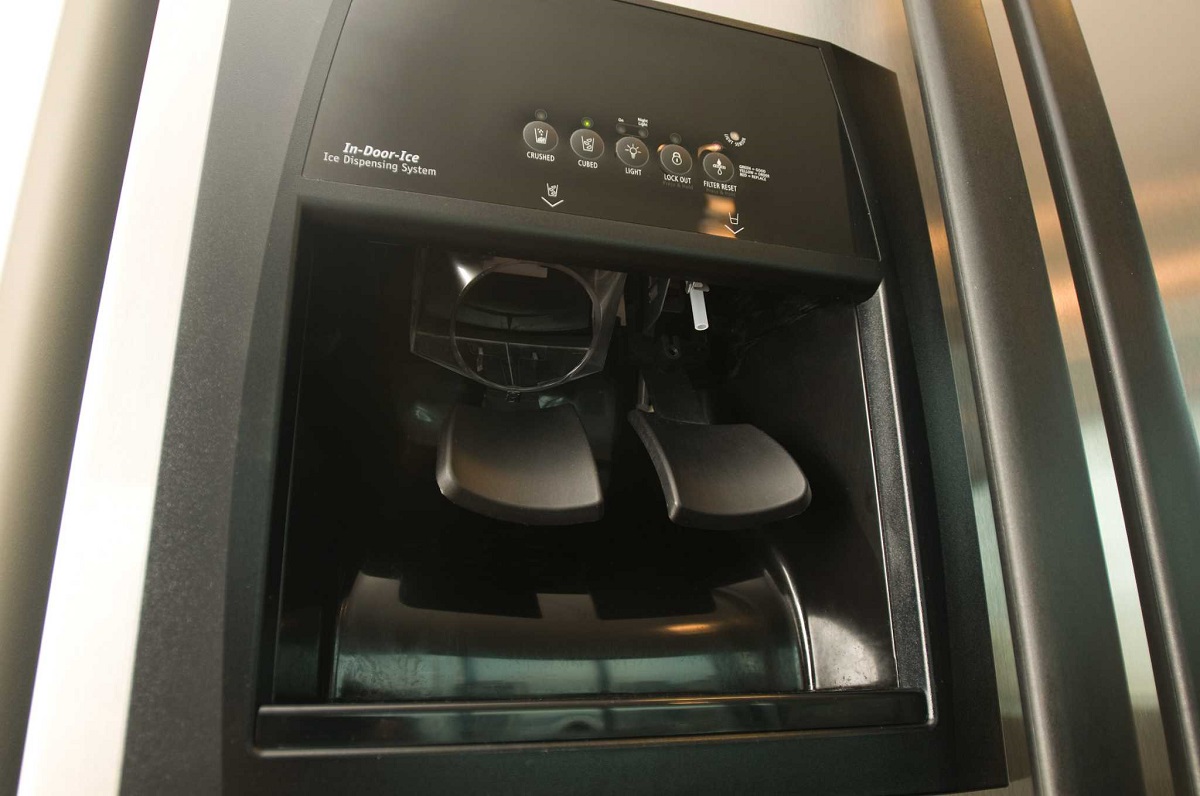
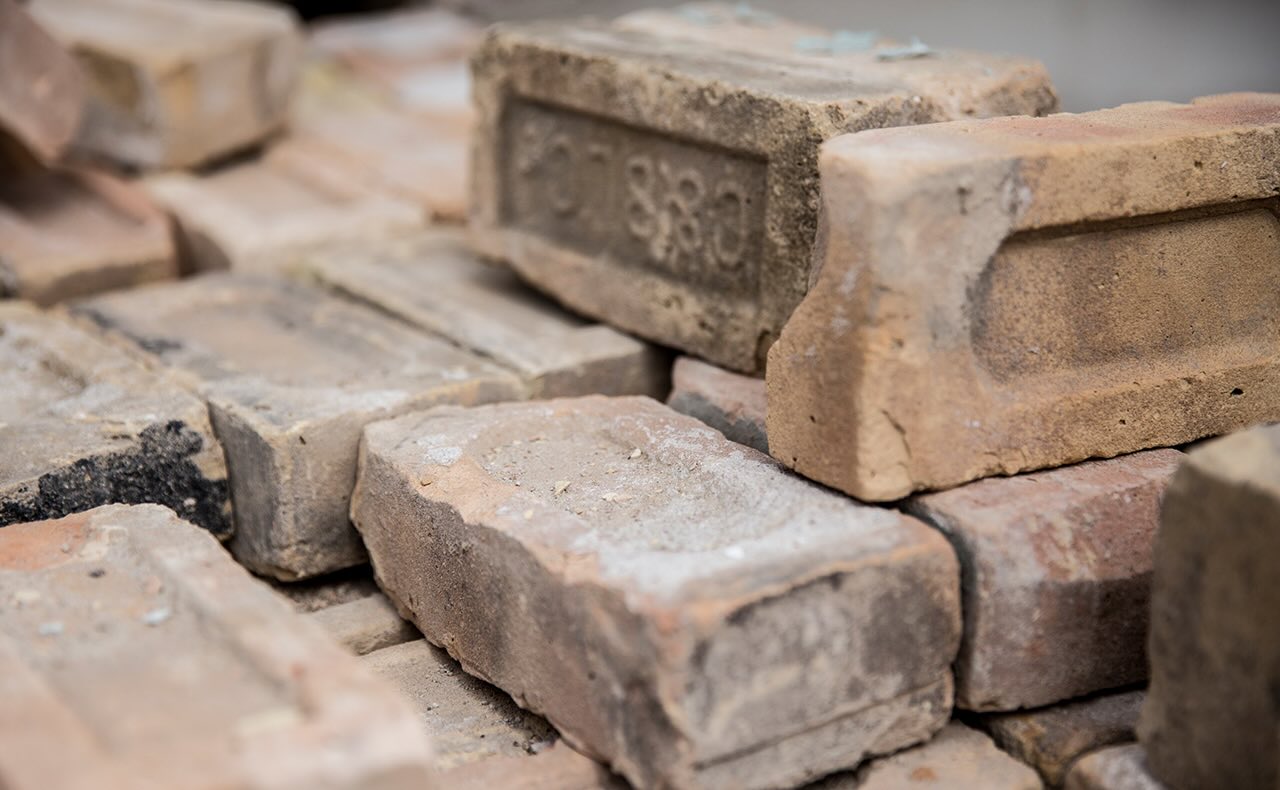
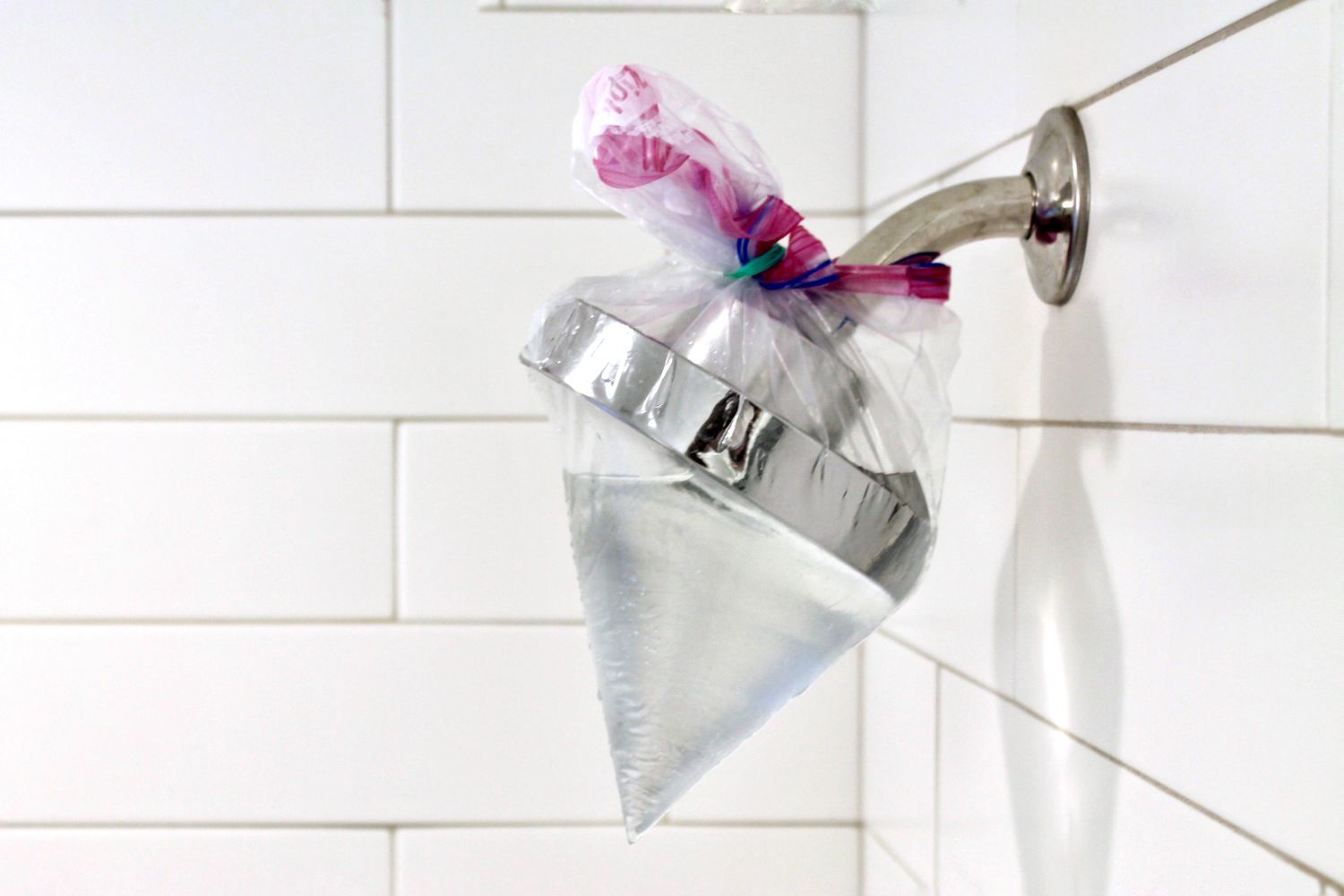
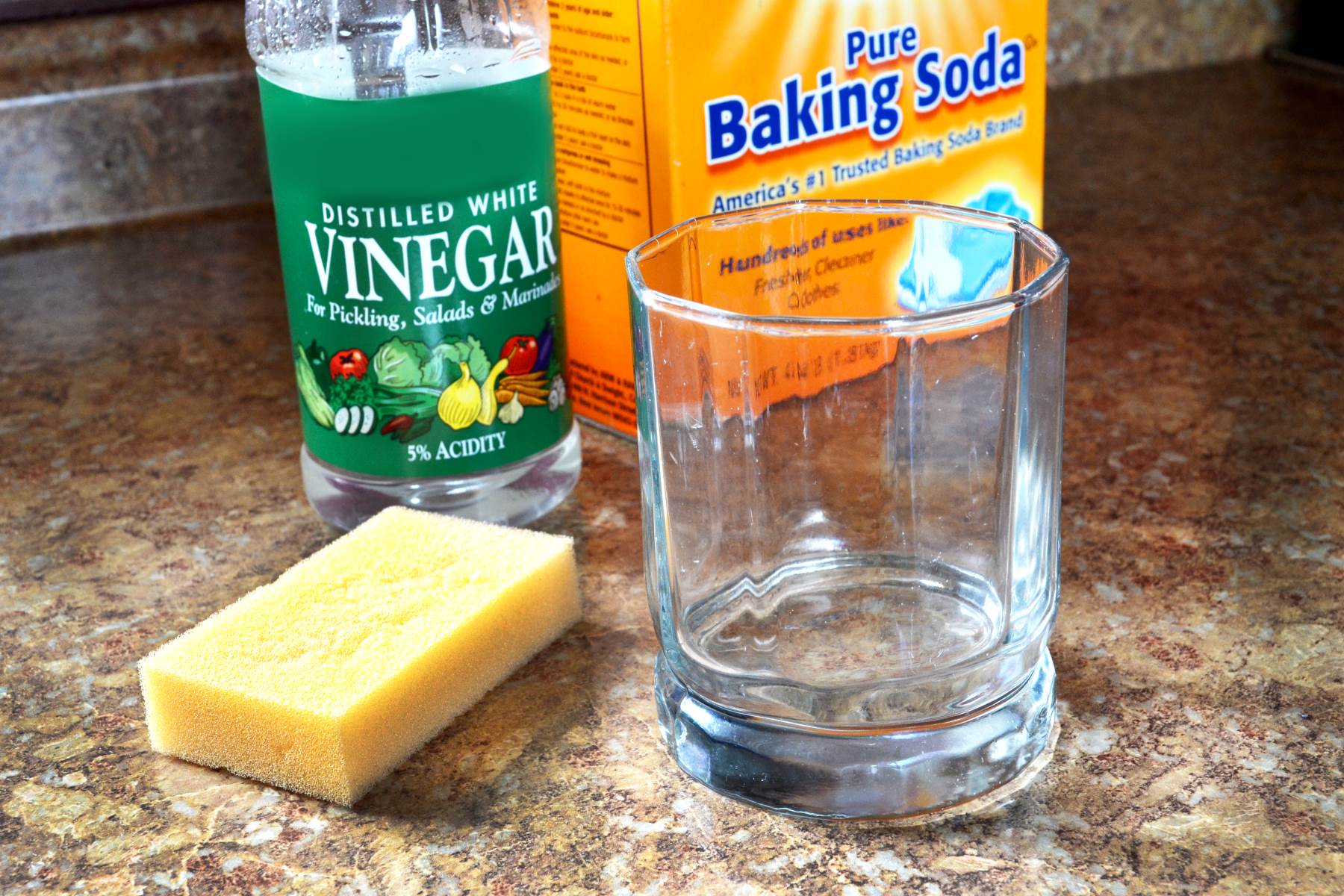
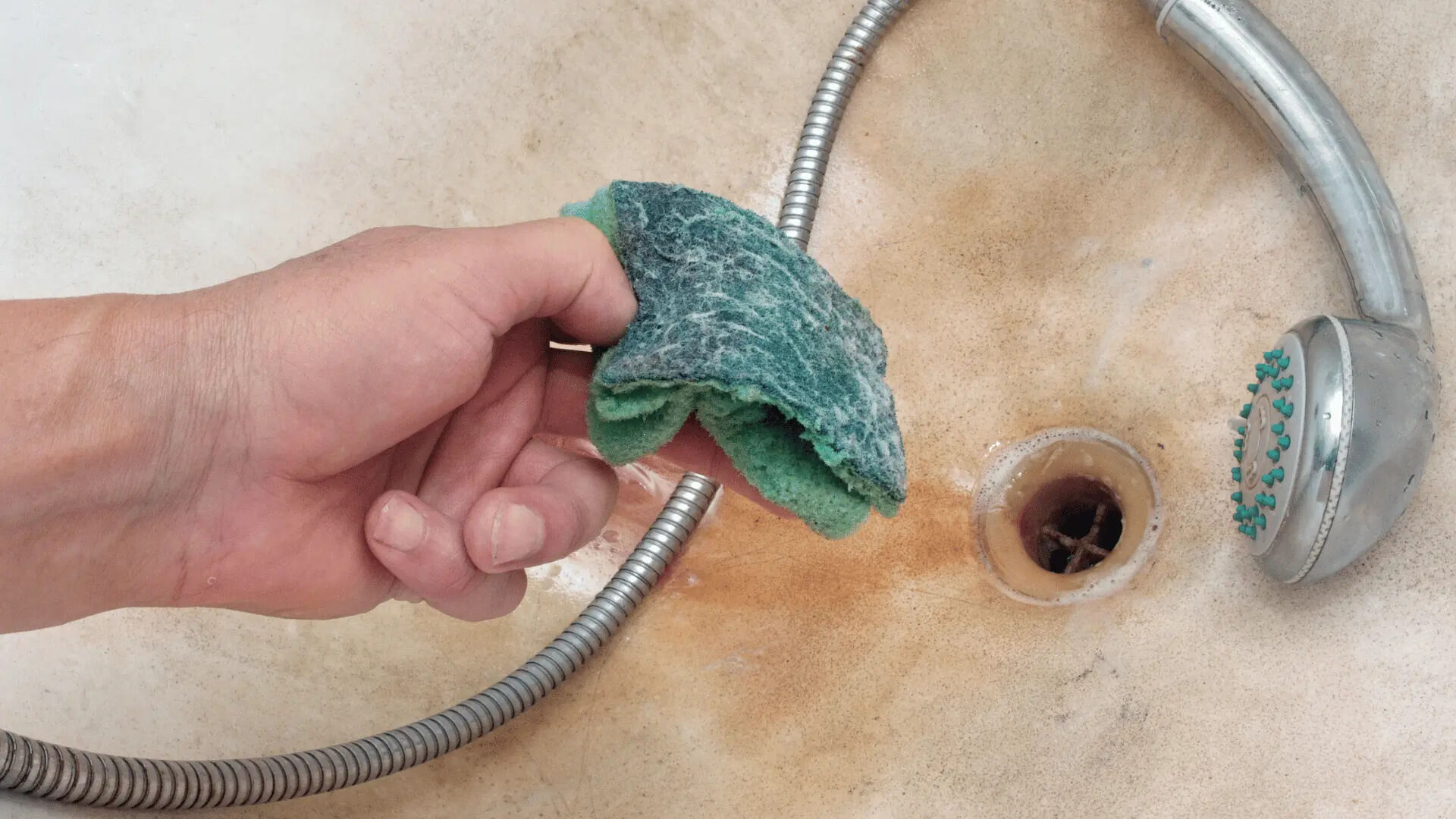



0 thoughts on “How Do Mineral Deposits Commonly Appear On A Steamer”